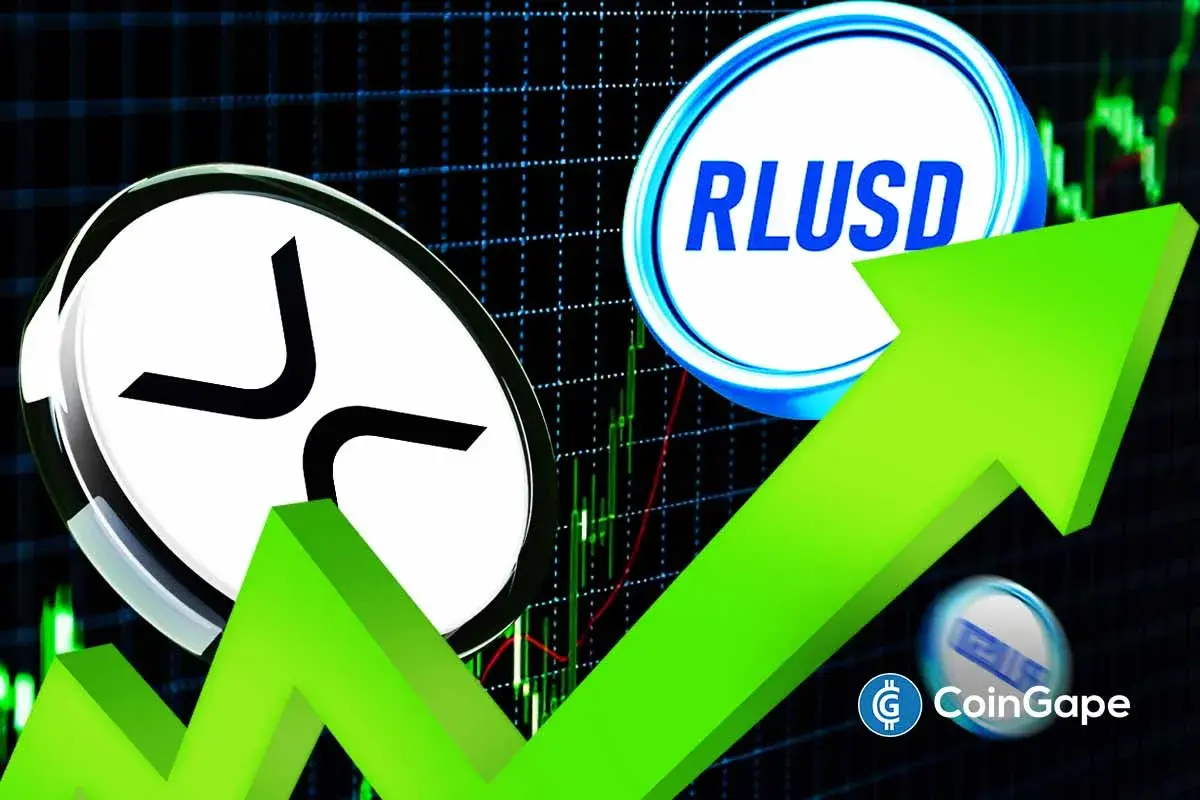Ripple Eyes Tokenization and Stablecoins in XRP Ledger Institutional DeFi Roadmap

Highlights
- The Ripple roadmap prioritizes institutional DeFi with lending and compliant stablecoins.
- New tools like zero-knowledge proofs balance user privacy with regulatory requirements.
- Ripple expects banks and asset managers to make payments, lend and settle transactions using the XRPL.
Ripple has placed stablecoins and tokenized real-world assets (RWAs) at the center of its institutional DeFi strategy. The XRP Ledger (XRPL) has now recorded over $1 billion in stablecoin volume in a single month. It has also broken into the top ten chains for RWA activity, cementing its role in institutional adoption.
Ripple’s XRPL Roadmap Prioritizes Lending, Compliance, and Secure Stablecoin Infrastructure
According to the Ripple roadmap, tokenized assets and stablecoins are no longer experimental. Instead, they are becoming core use cases for banks, asset managers, and fintech firms. Ripple aims to make XRPL the settlement layer where these assets can be issued, traded, and managed at scale.
A major upcoming feature is the native lending protocol. Scheduled with XRPL version 3.0.0, it will introduce pooled lending and underwritten credit directly at the ledger level. By design, the protocol will provide low-cost loans under appropriate regulations.
Institutions will be able to source capital efficiently while meeting KYC and AML standards. Recently, Ripple unveiled demo payments for stablecoin transfers, highlighting practical progress in settlement innovation.
Compliance tooling is another pillar. Ripple has already introduced Credentials, which link to decentralized identifiers. These also enable trusted issuers to verify their KYC status or know their accreditation level.
In addition, the Deep Freeze tool will allow issuers to prevent operations on flagged accounts, thus, guaranteeing adequacy of rules. Others like Token Escrow and Permissioned DEXs offer greater control without centralization of the system.
XRPL Enhances Privacy and Tokenization to Improve Institutional DeFi
Privacy is also a focus. At Ripple, they are working on zero-knowledge proofs (ZKP) to offer confidentiality but which will still be auditable. The first will be a private Multi-Purpose Tokens that allow trading of assets privately but still under regulatory compliance.
This approach strikes the right balance between consumer privacy requirements and that of regulators. The core of these changes is the Multi-Purpose token (MPT) standard.
MPTs allow the representation of sophisticated financial instruments like bonds, funds or a structured product on the XRPL. The institutional market supports using MPTs because they do not require complex smart contracts and contain multiple meta data. A recent Ripple move to extend RLUSD into Aave’s Horizon RWA market highlights how tokenized assets are already gaining traction in regulated environments.
This Ripple roadmap also contained other updates. There are tools that batch transaction, permission delegation and extensions. These keep XRPL fees low and ensure fast settlement.
The EVM sidechain provides developers greater flexibility and supports Solidity and XRPL liquidity. The Ripple roadmap foresees a future in which banks and asset managers can put their trust in blockchain to make payments, offer loans, and trade assets.
Recent Posts
- Bitcoin News
Eric Trump Says Now Is a Great Time to Buy Bitcoin Amid Crypto Crash
Bitcoin’s latest pullback is being framed as a major opportunity, with Eric calling the moment…
- Crypto News
Dogecoin, Cardano, Shiba Inu Eye Wider Adoption as Coinbase Announces Perpetual-Style Futures
Dogecoin, Cardano, and Shiba Inu have received a major boost with Coinbase's announcement of its…
- Crypto News
Solana News: SOL’s Supply Could Drop Twice as Fast as Disinflation Proposal Goes Live
Solana Foundation has introduced a proposal that aims to accelerate the network’s disinflation schedule and…
- Crypto News
Trump Tariffs: White House Prepares Plan B as Crypto Market Awaits Supreme Court Ruling
The White House is reportedly studying other options as the Supreme Court's ruling on the…
- Crypto News
Michael Saylor’s Strategy Hints It Will Keep Buying Bitcoin, Citing 2022 Bear Market Playbook
Michael Saylor's Strategy, previously MicroStrategy, has indicated that it plans to continue its Bitcoin accumulation…
- Crypto News
Bitcoin Lows Could Mark Start Of On-Chain TradFi Migration, Says CryptoQuant CEO Ki Young Ju
Bitcoin’s latest decline is widening the gap between market prices and the development happening across…